A few hours with final Witcher 3 expansion Blood and Wine
Own a vineyard! Mutate! Talk to Roach!
This is more like it. The Witcher 3's second expansion, Blood & Wine, is a treat - as welcome a return to the adventures of monster hunter Geralt as you could ask for. It's even bigger than we've been led to believe. More than 30 hours of content - not 20 as we've been previously told - in a new region the size of No Man's Land, but at very different ends of the visual spectrum.
Whereas No Man's Land is ravaged by war, the new region of Toussaint is untouched by it, an idyll reminiscent of Southern France that's bursting with life and colour, a whole new palette of crumbly old buildings drenched in golden sunlight and wrapped in ivy. It is distractingly beautiful - a fairytale land of knights and chivalry, the ornate palace of Beauclair jutting like a Disney centre-point in the middle. But it's also a region stalked by a mysterious and merciless killer, one who turns out to be far more complex than you at first imagine.
But arguably the two standout features in Blood & Wine are its new Mutation character development system, and how it gives you - Geralt - a vineyard. Yes that's right, no more sleeping on the road: a place to finally call your own. And you can upgrade it, eventually unlocking buffs applied when you sleep there. These buffs range from extra health for Geralt to extra stamina for his horse Roach, extra potion uses or extra experience point gain.
The vineyard, Corvo Bianco, is gifted early on and comprises a main house and outbuildings. Some people mill about there, uttering and grunting the kind of wonderful nonsense NPCs do in The Witcher 3. The vineyard is rundown, the sort of project I used to long to one day take on while watching TV show A Place in the Sun, and doing it up requires coin. It's 1000 gold each for a grindstone and armour table, and a further 5000 gold for a general restoration - and that's not the end of it. Once you splash the cash it becomes a place of luxury, where you can display entire armour sets, weapons and even hang paintings. It seems completely at odds with Geralt's nomadic and gruff character, but as a swansong for CD Projekt Red and The Witcher (at least for now) it's entirely appropriate - a putting up of the feet if you like.
Mutations, on the other hand, are a sorely needed new progression mechanic, particularly aimed at New Game Plus players. Mutations layer on top of the advancement system already there, unlocking new slots for skills (at last!) as well as granting powerful abilities of their own. There are 12 Mutations unlocked by spending both ability points and mutagens.
There's one called Adrenaline Rush which is a kind of berserker mode. It boosts attack power and Sign intensity by 30 per cent for every opponent in the battle - but only for the first 30 seconds. Later it decreases attack power and Sign intensity by 15 per cent for every opponent.
There's another called Bloodbath that has your fatal blows either dismember foes or trigger finishers, which sounds wonderfully gory. It also comes with a very powerful buff that boosts attack power for every blow you land up to a maximum of 250 per cent. Good gracious! But this resets when the battle ends or when you take damage. In other words, the buff behaves a lot like the Wyvern decoction already in the game.
Other Mutations, which I didn't catch the names of, do things like enable Signs to land critical hits, then explode those enemies killed with critical hits; prevent players from dying by healing them after would-be killing blows and granting damage immunity instead; and make Aard instantly kill opponents it knocks down and freeze those left standing. Powerful stuff.
Other notable gameplay additions include armour dyes - one per piece of armour - and equipment set bonuses. There's a bonus at three pieces and a bonus at six, which means you'll need all four pieces of armour as well as the two swords to make a full set. As an example, the 3/6 Grandmaster Feline set bonus makes strong attacks temporarily buff fast attacks, increasing their damage by 10 per cent for five seconds for each piece of the set equipped. That's a potential 60 per cent damage boost with a whole set when you vary your attacks (and would combine marvellously with a Forktail decoction). The 6/6 Feline set bonus increases rear attack damage by 50 per cent, and if you have an adrenaline point, uses it to stun the opponent.
Blood and Wine also introduces dynamic points of interest that adapt and change according to your actions in the region. So, should you kill some bandits over there, for example, there will be fewer bandits over here, in the hideout - and if you clear the hideout the area will be safer as a result. Blood and Wine further tidies the game's inventory, too, and makes books and letters readable at the click of a thumbstick, which is far more convenient than rifling through bags.
It's harder for Blood and Wine to make deeper changes to ingrained systems like combat, because to do so would probably require a new game. Instead, CD Projekt Red has used all it knows about how you play to try and create new challenges you'll need new tactics to overcome. This is most evident in the scripted boss encounters, which come thick and fast - particularly the smaller, faster bosses who don't wait for you to attack but hit you with flurries of strikes and special abilities. I found myself on the back foot, struggling to work out how make a breakthrough, which was a refreshing turn of pace from the The Witcher 3 base game, where many battles I had fought many times before. One boss in Blood and Wine I couldn't work out how to hurt for a good few minutes. Blood and Wine is challenging, then, and it's advised you be closer to level 40 if playing on a harder difficulty setting. Mid-30s should do otherwise.
Variation isn't only reserved for bosses, though - or for new monsters like a wight that summons ghostly dogs. It's in the very bones of what Blood and Wine is trying to do, hence the vibrant new region, and hence the vineyard. It's CD Projekt Red looking at a familiar box of building bricks and trying to come up with something new, and throwing everything (plus some 100 people) at it.
I only tried one side-quest in the time I had but apparently it was a good example of the kind of thing on offer. The quest entered me into a grand tourney, of riding and shooting and fighting, and chatting to people in tourney tents in between. It reminded me more than a little of a King's Landing and tourneys in A Game of Thrones - not least because the champion you face in the finale is a blatant nod to Gregor "The Mountain" Clegane. It's the kind of unshackled irreverence and playfulness an expansion can delight in - that CD Projekt Red clearly delights in - and I expect it crescendos as you explore. I even heard of one quest that involves taking mushrooms and talking to your horse Roach, no less!
From what I've seen, Blood and Wine is stuffed to the brim with riches, overflowing with the kind of generosity of content, and craft and care, that made The Witcher 3 so delightful. Whether it keeps the momentum up over its many hours I don't know. But on this evidence it is a very fond farewell to a series the studio has worked on for a decade, and you would be the court jester to miss it.
This article is based on a press trip to Poland. Bandai Namco covered travel and accommodation costs.



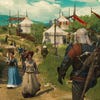



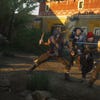
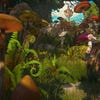

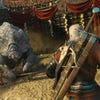


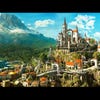


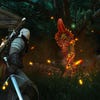




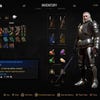
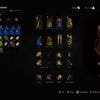
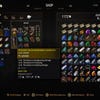
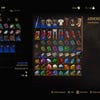




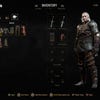


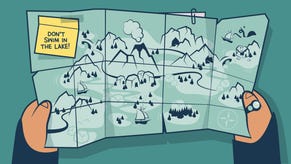

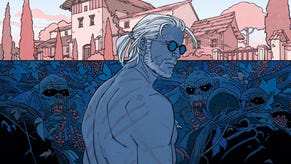


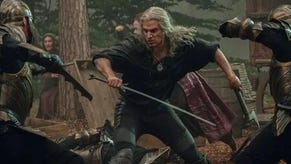
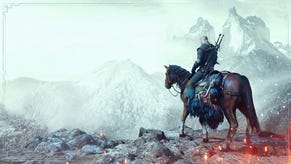



.png?width=291&height=164&fit=crop&quality=80&format=jpg&auto=webp)



